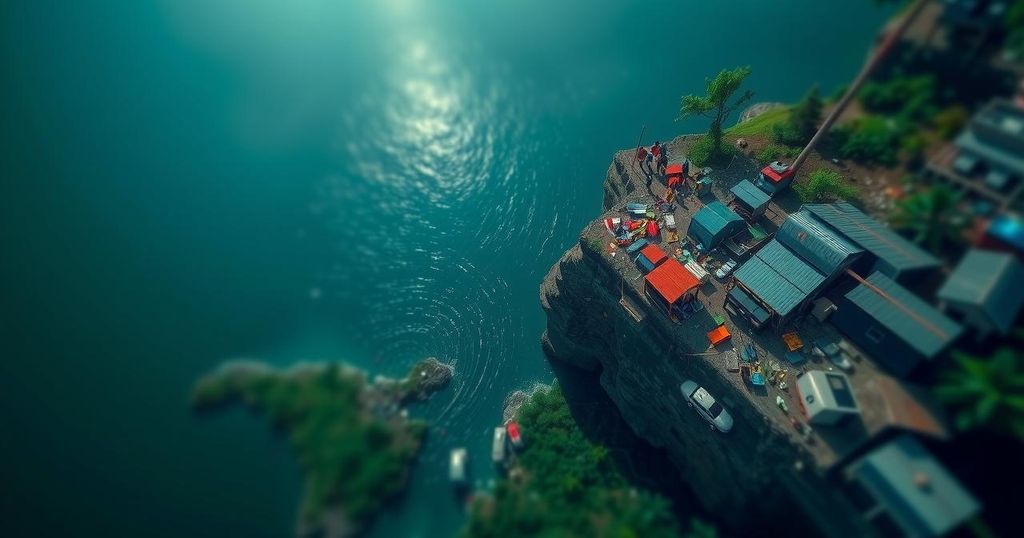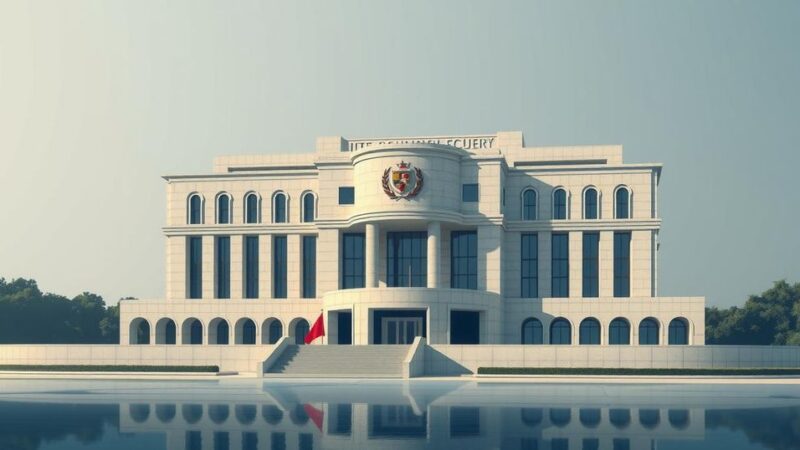In September 2024, migration through the Darien Gap sharply increased, largely driven by Venezuelans following a disputed election in Venezuela. The number of migrants reached record levels, leading to significant concerns about the capacity for humanitarian assistance in Panama. The Panamanian government has initiated measures to curb immigration, yet many challenges remain for migrants arriving from dangerous journeys.
In September 2024, the rate of migration through the Darien Gap, a treacherous jungle passage between Colombia and Panama, saw a significant rise, predominantly driven by Venezuelan nationals following a contentious presidential election in their home country. Reports from the Panamanian government indicate that immigration has surged since tensions escalated in Venezuela after the July 28 elections, with human rights organizations highlighting a troubling reduction in the capacity to aid these migrants. The influx has reached unprecedented levels, with the year 2023 marking over 500,000 crossings, an overwhelming 65% of which were Venezuelan. Panamanian President José Raúl Mulino, who took office on July 1, has vowed to address this migration crisis by closing various access points and instituting a repatriation initiative in collaboration with the United States. Despite these measures, the repatriation program has not yet impacted Venezuelan migrants due to Panama’s severed diplomatic ties with Caracas, following the non-recognition of Nicolás Maduro’s electoral claim. As of October 7, reports indicate a total of 277,939 migrants have traversed the Darien Gap this year, marking a 36% decline from the previous year, yet September alone witnessed a 51% increase over August, with Venezuelans constituting more than 80% of those journeying through the region. Challenges persist for migrants upon arriving in Panama, particularly with the diminishing humanitarian aid due to the suspension of Doctors Without Borders, which previously provided critical services. This aid was halted in March 2024, alleged to be in retaliation for accusations against the Panamanian authorities regarding sexual violence issues. However, recent reports from MSF confirm that they have resumed operations at the Lajas Blancas reception station, having provided medical assistance to over 72,700 migrants from January 2023 to February 2024. This scenario underscores a complex interplay of political, humanitarian, and migratory dynamics in the region, where the ongoing influx of migrants confronts both logistical and humanitarian challenges.
The Darien Gap, a notorious jungle region between Colombia and Panama, has emerged as a critical transit point for migrants seeking to travel to the United States. The increase in migration through this area has been particularly noticeable following political instability and elections in Venezuela, leading to significant numbers of Venezuelan nationals making the perilous journey. Human rights organizations have sounded alarms regarding the accompanying humanitarian crises, as the ability of governments and organizations to provide aid to these vulnerable populations has diminished. Understanding the political and social context of this migration is essential to appreciating the broader implications for regional stability and humanitarian efforts.
The notable increase in migration through the Darien Gap, primarily fueled by Venezuelan nationals after a contentious election, coupled with the reduced capacity for humanitarian assistance, illustrates the complexities of migration dynamics in Central America. Despite efforts by the Panamanian government to stem the tide through diplomatic measures and charitable initiatives, the challenges faced by migrants are profound. Authorities must navigate these issues while ensuring the safety and well-being of those undertaking this dangerous journey.
Original Source: apnews.com






